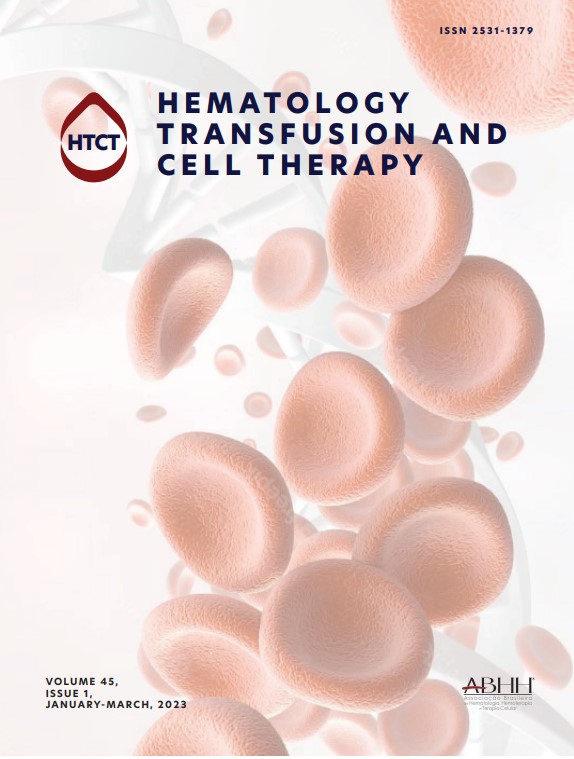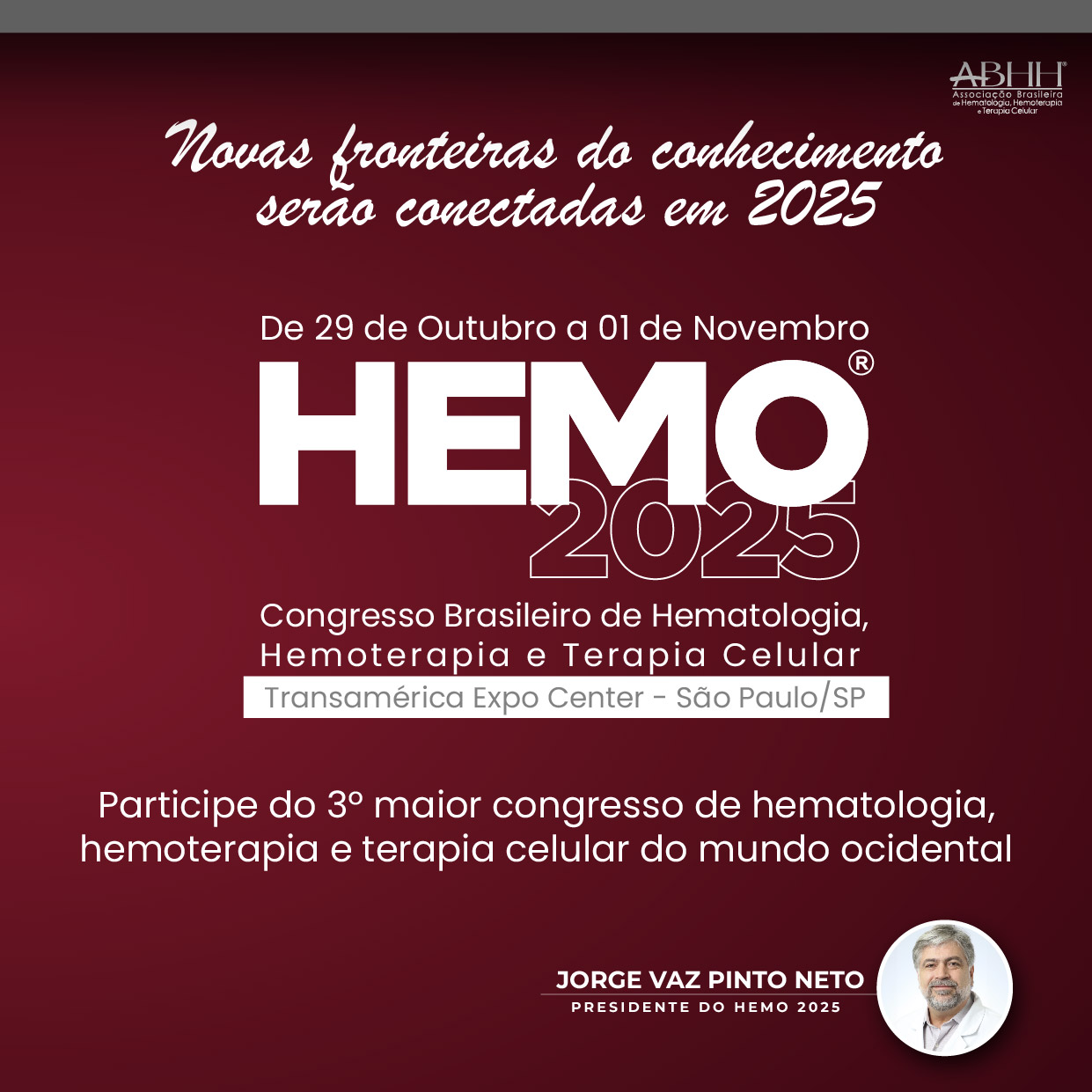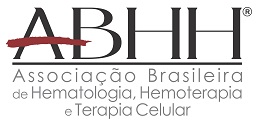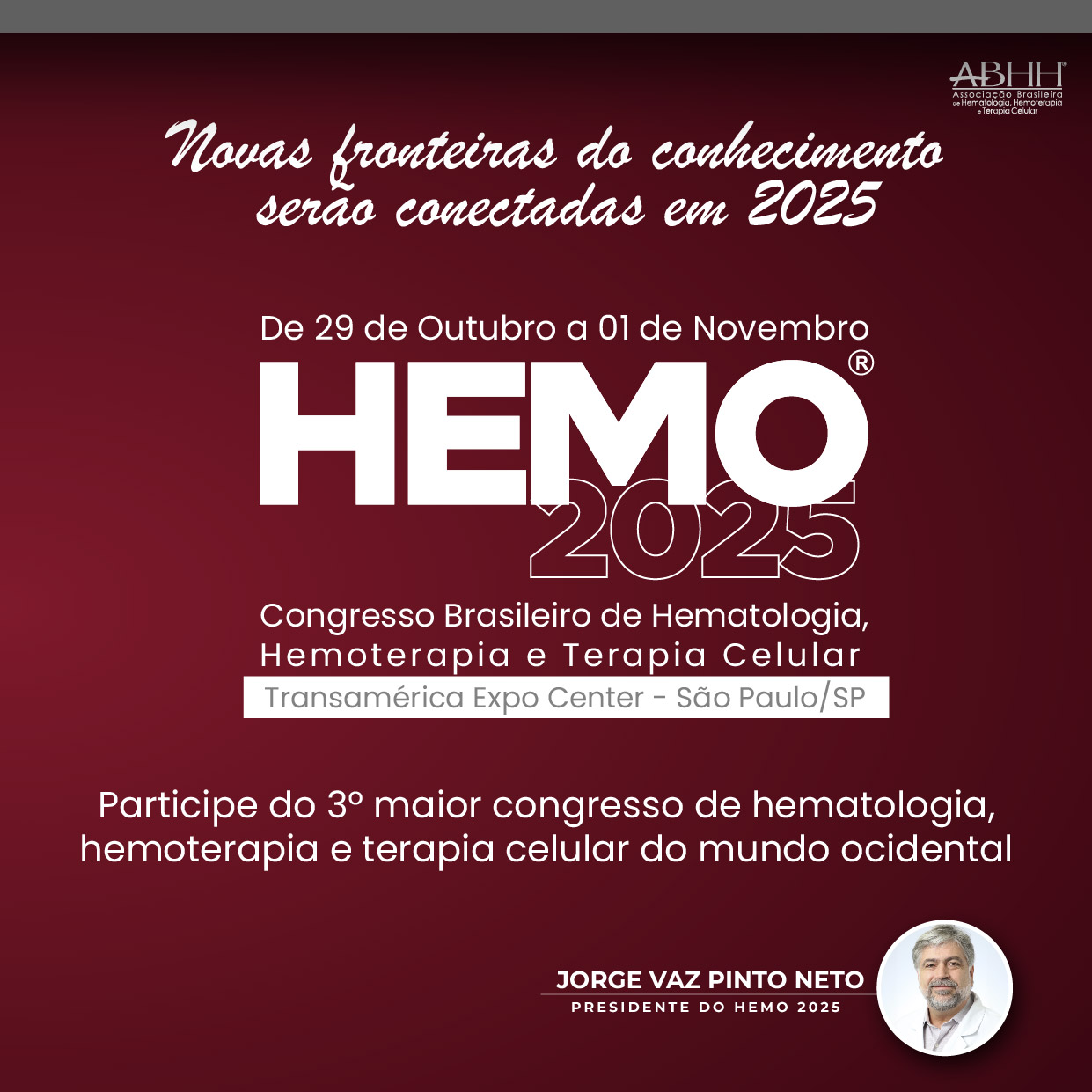Indicate references by using superscript numbers in the text. You can refer to author names within your text, but you must always give the reference number, e.g., "as demonstrated.3,6 Barnaby and Jones 8 obtained a different result ....".
Number the references in the reference list in the order in which they appear in the text.
Please note the shortened form for last page number. e.g., 51-9, and that for more than 6 authors the first 6 should be listed followed by 'et al.'
For further details you are referred to 'Uniform Requirements for Manuscripts submitted to Biomedical Journals' (J Am Med Assoc 1997;277:927-34) and more samples of formatted references.
Abbreviate journal names according to the List of Title Word Abbreviations (LTWA).
Examples:
Reference to a journal publication:
1. Van der Geer J, Hanraads JAJ, Lupton RA. The art of writing a scientific article. J Sci Commun 2020;163:51-9. https://doi.org/10.1016/j.sc.2020.00372.
Reference to a journal publication with an article number:
2. Van der Geer J, Hanraads JAJ, Lupton RA. The art of writing a scientific article. Heliyon. 2022;19:e00205. https://doi.org/j.heliyon.2022.e00205.
Reference to a book:
3. Strunk Jr W, White EB. The elements of style. 4th ed. New York: Longman; 2000.
Reference to a chapter in a book:
4. Mettam GR, Adams LB. How to prepare an electronic version of your article. In: Jones BS, Smith RZ, editors. Introduction to the electronic age, New York: E-Publishing Inc; 2023, p. 281–304.
Reference to a website:
5. Cancer Research UK. Cancer statistics reports for the UK, http://www.cancerresearchuk.org/aboutcancer/statistics/cancerstatsreport/; 2023 [accessed 13 March 2023].
Reference to a dataset:
6. Oguro M, Imahiro S, Saito S, Nakashizuka T. Mortality data for Japanese oak wilt disease and surrounding forest compositions [dataset]. Mendeley Data. 2015. https://doi.org/10.17632/xwj98nb39r.1.
Reference to software:
7. Coon E, Berndt M, Jan A, Svyatsky D, Atchley A, Kikinzon E, et al. Advanced Terrestrial Simulator (ATS). Version 0.88 [software]. Zenodo; 2020 Mar 25. https://doi.org/10.5281/zenodo.3727209.


 Fazer download PDF
Fazer download PDF



